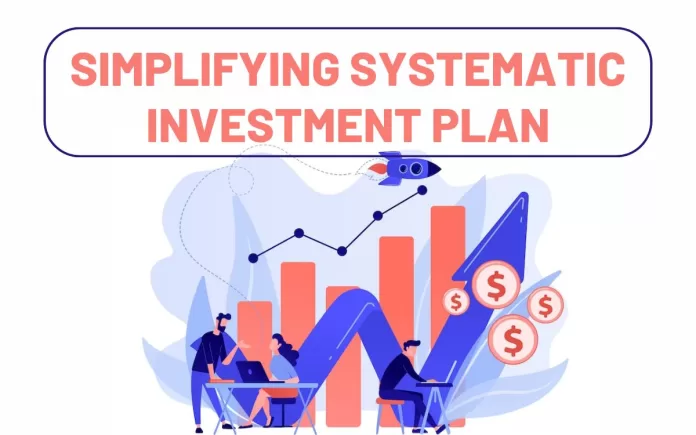Planning on retirement fund of 6 crore? Simplifying Systematic Investment Plan!
In this ever-changing world, as our income rises, so does inflation. Not disappointing ourselves we can easily combat this with just simple yet effective financial planning.
Financial planning has multiple branches, today lets focus on one and that is Mutual funds specifically, investing in mutual funds via Systematic Investment Plan (SIP).
Mutual funds remains prominent investment option for Indian investors. They pool money from multiple investors to invest in a diversified portfolio of stocks, bonds, or other securities. Further the returns earned are distributed among beneficiary owner.
There are various ways of investing in mutual funds, one of them is SIP: it allows investors to invest a fixed amount of money at regular intervals, typically monthly, into a mutual fund scheme of their choice. It’s akin to tending to a small seed that, with the passage of time, flourishes into a vibrant financial ecosystem.
The money you allocate for a vacation today might fall short for your dreams tomorrow. That budget for a Lonavala getaway could swiftly transform into fantasies of exploring Amsterdam.
SIP experiences the power of compounding: it refers to the ability of an investment to generate earnings, which are then reinvested to generate more earnings.
The concept of compounding is often summarized with the phrase “earning interest on interest.” It’s a fundamental principle in finance that plays a significant role in wealth accumulation.
However, determining the appropriate level of increase is not a one-size-fits-all approach in investing. Several factors come into play when planning your SIP, but the pivotal factors that dictate the degree of increment in your SIPs each year are as follows:
1.Harmonizing Present Affordability with Future Goals:
Let’s say you want to set a strong target for retirement of Rs 6 crore, over the span of three decades. To achieve this, you’d need to commence a monthly SIP of Rs 16,900 today, presuming an anticipated return of 12 percent.
However, the reality of ongoing financial responsibilities such as substantial monthly expenditures, educational expenses for children, and loan repayments can render accommodating this amount quite formidable.
This is where a strategic approach comes into play, introducing the concept of the step-up feature. By increasing your annual SIP amount by a modest 10 per cent, you can effectively reach your Rs 6 crore objective with a SIP contribution of merely Rs 6,300. Remarkably, this is less than half of the initial Rs 16,900.
- Using your increasing income to boost your investments:
It’s quite common to expect a yearly salary increase of around 8-10 per cent, especially if you have a stable job.
But does this mean you should increase your investment contributions by the same percentage as your salary? Not always. When your income goes up, your regular expenses usually stay relatively the same (accounting for inflation). As a result, you’ll have more extra money that you can put into investments.
| Particulars | year 1 | year 2 | comments |
| Monthly in-hand salary | 60,000 | 66,000 | Annual Salary hike of 10% |
| Expenses to deduct | |||
| Rent | 15,000 | 16,200 | Annual escalation of 8% |
| Groceries | 7000 | 7,420 | Assuming inflation of 6% |
| Car Loan EMI | 6,500 | 6,500 | |
| Other expenses | 10,000 | 10,200 | |
| Amount for Contingences | 4,000 | 4,000 | |
| Total Expenses | 42,500 | 44,320 | |
| Saving in hand | 17,500 | 21,680 | In hand increases by 23.88% |
Over all, SIPs can help you fight against rising prices, cover your growing needs, handle unexpected situations, and even speed up your early retirement plans. So, don’t just set your SIPs and forget about them. Think about increasing them each year to make your investments grow.
Remember, being consistent is really important. Your journey with money is an ever-changing adventure that moves along with your life.


